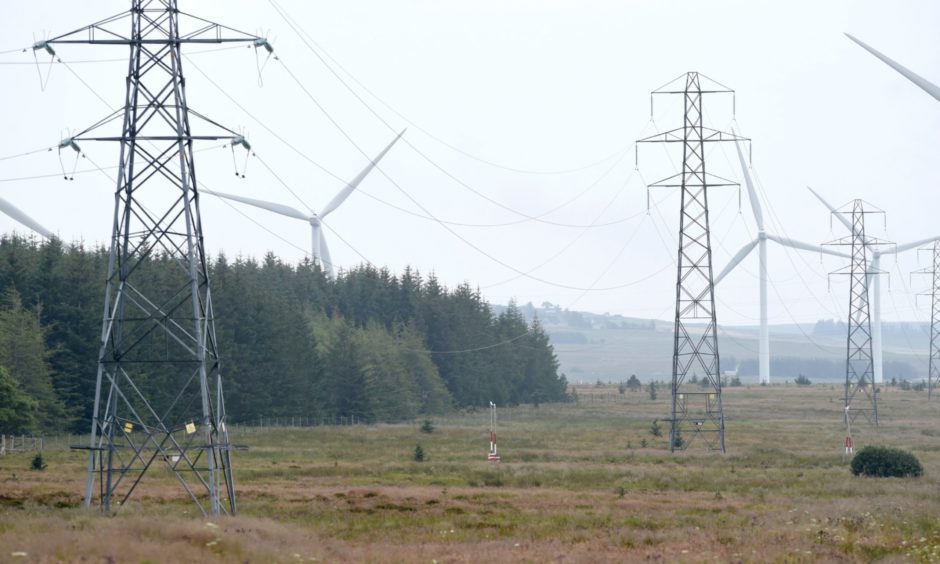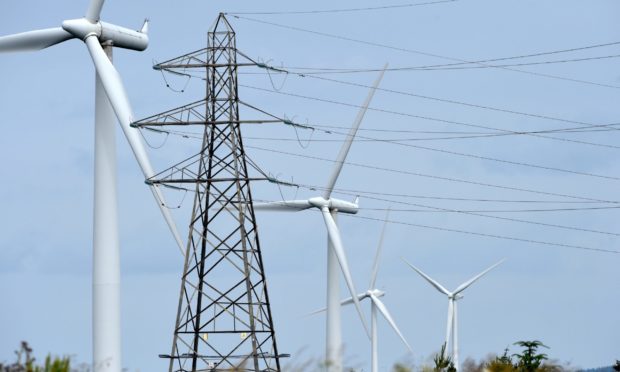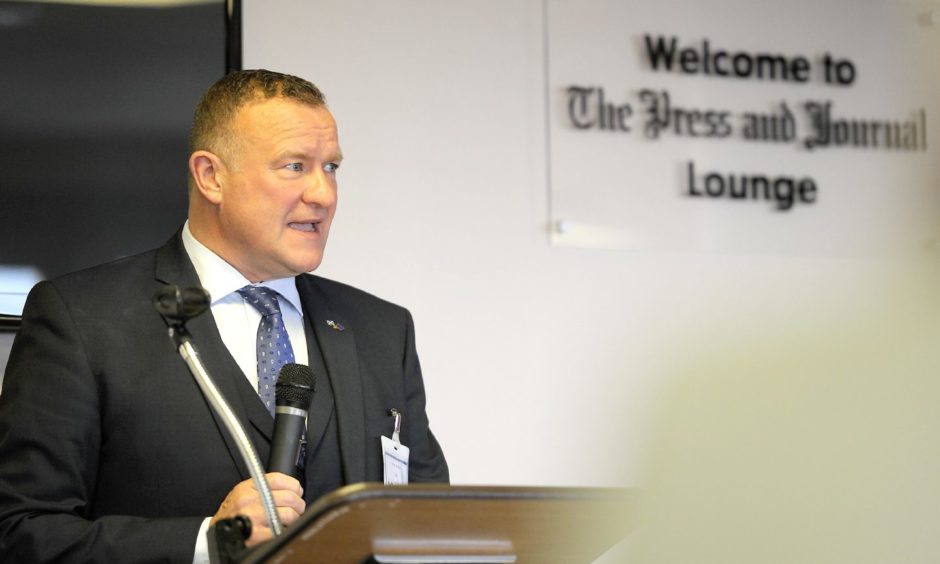Families in northern Scotland could be paying higher electricity bills than they should because of a “distortion” in a UK Government initiative.
Officials have admitted that the issue “may exist” with the Hydro Benefit Replacement Scheme (HBRS), and it “could potentially mean higher consumer costs overall”.
Highland SNP MP Drew Hendry has demanded the UK Government explain whether Scots have lost out, as he told ministers to “urgently” resolve the problem.
Billpayers in the north of Scotland have long complained about being hit with the highest power charges in Britain, while also suffering the worst rates of fuel poverty.
The crippling costs are a result of the colder weather, the lack of alternatives such as gas in rural areas, as well as a controversial pricing system for distributing electricity that divides the UK into 14 regions.
The north of Scotland region includes the Highlands and islands, as well as Aberdeenshire and Tayside, though campaigners have argued for an end to the “postcode lottery” so all UK consumers should pay the same.

‘Prevents full value’
The HBRS was established to try to limit the way families in the north are penalised as a result of where they live, and the initiative is reviewed every three years.
Critics say it is not sufficient to address unfair charges, although in 2018/19 it was worth £61m to consumers in the area, ensuring household bills were about £40 lower than they would have been without it.
However, it has now emerged that the National Grid ESO warned the UK Government of a problem relating to the HBRS during the last review, in 2019.
“We would like to highlight a distortion, which we have previously raised with Ofgem, within the current scheme which we believe prevents the full value of the Hydro scheme being delivered to end consumers,” it said in response to a consultation.
The distortion is understood to relate to the lower costs associated with “embedded” electricity generation, which is generally smaller-scale renewables, and its impact on the charging system that funds the HBRS.
“This is something that needs to be considered when thinking of the policy objectives and whether this is being fulfilled by the current scheme,” the response stated.
“We are of the view that, unaddressed, this issue will undermine the delivery of the full benefit to affected consumers, especially those in fuel poverty.”
Government investigating
The UK Government confirmed it is investigating the issue when it published its response to the last review, which also considered a new way of spreading the costs of upgrades to electricity infrastructure for Shetland, which could cut bills for north consumers by an average of £17 a year.
It said: “The government notes that an embedded benefit distortion may exist within the current operating arrangements of the Hydro Benefit Replacement Scheme, and this could potentially mean higher consumer costs overall.
“The government is exploring this further with relevant parties, and if this distortion exists, it will consult in due course on proposals to address this if considered appropriate.”
Mr Hendry, the MP for Inverness, Nairn, Badenoch and Strathspey, said it is important Scottish producers receive a fair deal for supplying electricity.
He added: “The Tories at Westminster must move to address this urgently and outline clearly if the Hydro Benefit Replacement Scheme has meant those in rural Scotland are losing out.
“It cannot be the case that Scots are short-changed to subsidise projects like the £20bn Hinckley nuclear plant.”
‘Committed to delivering fair prices’
A UK Government spokeswoman said: “We are committed to delivering fair prices for all energy consumers, no matter where they live.
“From April 2021 UK Government funding for upgrading old, and building new, electricity wiring and other network infrastructure in the north of Scotland will rise from £63m to £90m, as part of the Hydro Benefit Replacement Scheme.
“We are also keeping bills down for consumers through the Energy Price Cap, which we have extended until the end of 2021, protecting 15 million UK households from being overcharged, and the Warm Home Discount, which is worth £350 million and already reaches over two million households.”
‘Changing energy landscape’
A National Grid ESO spokesman said: “The north of Scotland is currently the only area specified to receive assistance, with the scheme aimed at protecting consumers in the north of Scotland from the inevitably high costs of distributing electricity in the region.
“National Grid ESO recovers the assistance amount through a charge on all suppliers. This is passed on to Scottish Hydro Electric Power Distribution Ltd, so distribution charges in the north of Scotland can be reduced.
“Since it began the beneficiary has always received the full assistance amount and continues to do so.
“As part of our role administering the scheme we regularly communicate with the Department of Business, Energy and Industrial Strategy (BEIS) to make sure it is able to reflect the changing energy landscape and best fulfils its aim of protecting consumers.”

